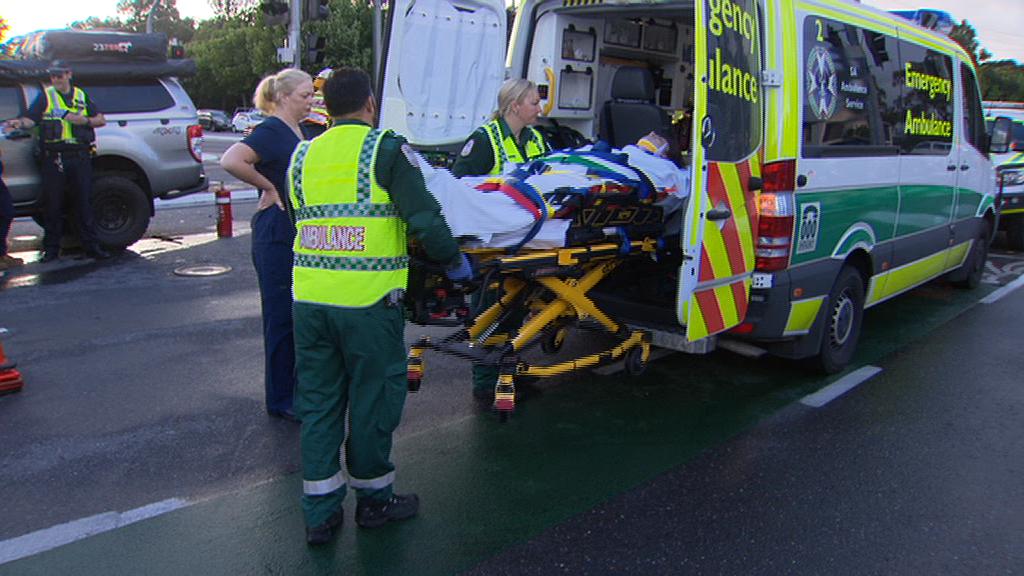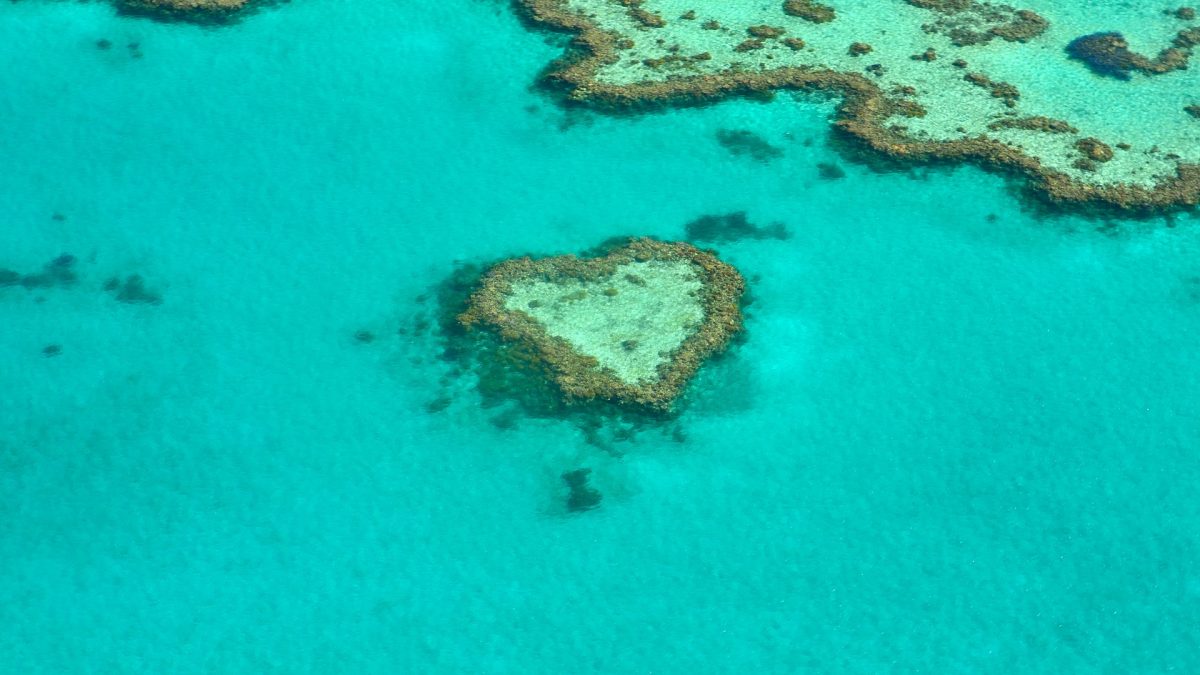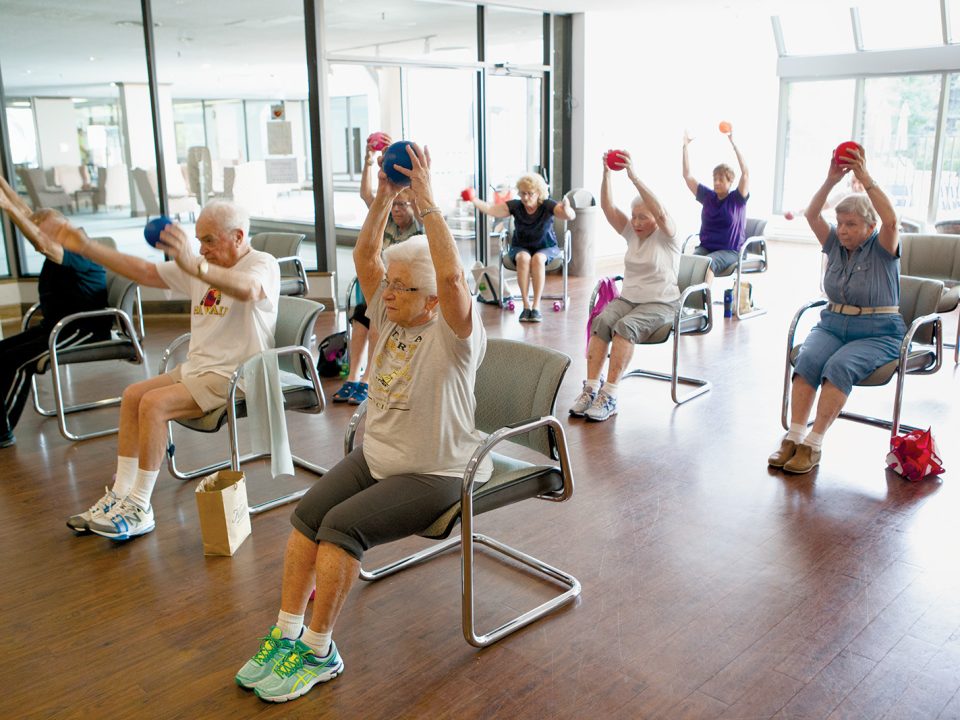
The tiny machine saving midwives’ time in an emergency
October 21, 2019
Hero nurse helps in rescue of driver trapped in smash on Marion and Sturt Roads
November 4, 2019Two Swedish nurses saved the lives of shark attack victims in the Whitsundays

Two Swedish nurses saved the lives of shark attack victims in the Whitsundays
Two Swedish nurses say they used towels and rope to stop the bleeding from two British men’s injuries in a shark attack on Australia’s Great Barrier Reef.
The men had been snorkelling in the Whitsunday Islands when a shark bit off one man’s foot and mauled the other man’s leg.
Swedish couple Billy Ludvigsson, who is an ambulance nurse, and Emma Andersson, an emergency response nurse, were on a day cruise vessel where the men were loaded after the attack.
Ms Andersson said they helped the man who was loaded on first but his injury was less severe.
They made a makeshift tourniquet to stop the life-threatening bleeding for the man who lost his foot and were successful after a few minutes, the Swedes told a news conference in Cannonvale.
“Injury wise, we have seen worse obviously, but it’s different when it’s a shark attack and we’ve been in the water at the same time. It’s more like personal like that,” Mr Ludvigsson said.
The two men were in stable condition in a hospital in the mainland city of Mackay today.
Danny Maggs, 22, had cuts on his right calf. Alistair Raddon, 28, lost his right foot.
The two men issued a joint statement thanking everyone involved in their care and their friends and family back home for their support.
The Swedish nurses also joked the pair were annoyed at having to skip the rest of their Aussie holiday.
Many have said they owe their lives to Ms Andersson and Mr Ludvigsson.
“We were up on the boat when we heard screams, we did not understand what we were hearing at first,” Mr Ludvigsson said.
As the two men were pulled back onto the boat, the nurses switched from holiday mode and immediately began to administer first aid.
“We saw how badly he was badly injured, he was missing a foot. We had to make a makeshift tourniquet with ropes and towels to stop the bleeding,” he said.
Mr Raddon’s bleeding was so severe, the paramedic feared he would not make it back to shore alive.
“I think we might have actually have saved his life,” he said.
“He was bleeding so badly and it was a long boat ride back to shore — if he continued to bleed that much all the way, I’m not sure he would have made it.”
This article was originally published on News.com.au on 30/10/19.










